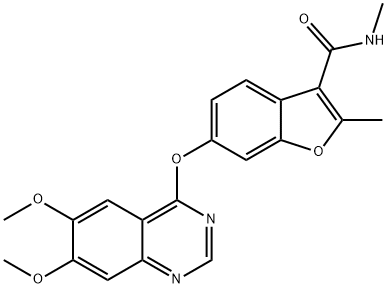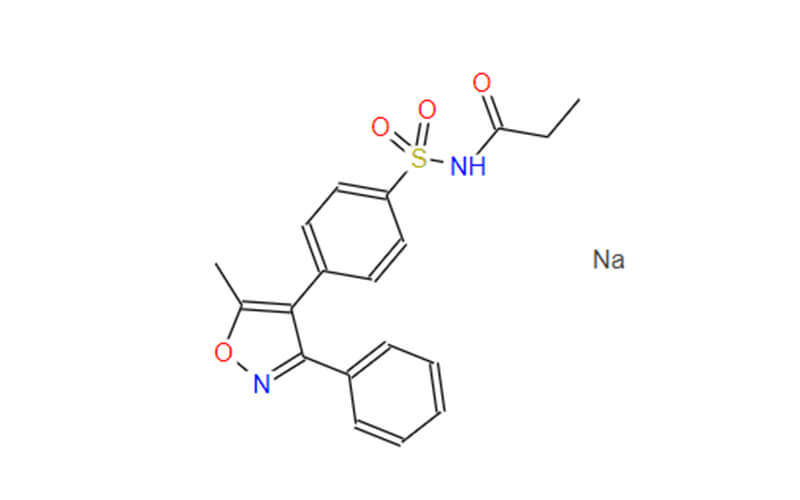What is the Drug Mirogabalin Used for?
Mirogabalin is a pharmaceutical compound that has gained attention for its potential in managing certain medical conditions. In this article, we will delve into the approved uses of mirogabalin, explore its potential off-label applications, discuss its efficacy and side effects, and shed light on the manufacturing process with a focus on Qingmu Pharmaceutical’s involvement in producing the Mirogabalin API (active pharmaceutical ingredient).

Approved Uses of Mirogabalin
Mirogabalin is a medication primarily indicated for the treatment of neuropathic pain associated with specific conditions. The primary approved uses of mirogabalin include:
- Diabetic Peripheral Neuropathy (DPN):
Mirogabalin is approved for the treatment of neuropathic pain associated with diabetic peripheral neuropathy. DPN is a common complication of diabetes that results in nerve damage, leading to pain, tingling, and numbness, often in the extremities.

Diabetic Peripheral Neuropathy (DPN)
- Postherpetic Neuralgia (PHN):
Mirogabalin is also approved for the management of neuropathic pain associated with postherpetic neuralgia. PHN is a type of nerve pain that can occur following an outbreak of shingles (herpes zoster). It is characterized by persistent pain in the affected area even after the shingles rash has healed.
These approvals indicate that mirogabalin is specifically designed to address neuropathic pain, and its mechanism of action involves modulating the activity of certain neurotransmitters in the central nervous system.
Potential Off-Label Uses of Mirogabalin
While mirogabalin has received approval for specific indications, researchers and healthcare professionals are exploring its potential off-label uses in various medical conditions. Off-label use refers to the administration of a drug for purposes not officially approved by regulatory authorities but supported by scientific evidence and clinical experience. Here are some potential off-label uses of mirogabalin:
- Fibromyalgia:
Some studies suggest that mirogabalin may be effective in managing the chronic pain associated with fibromyalgia. Fibromyalgia is a disorder characterized by widespread musculoskeletal pain, fatigue, and tenderness in localized areas. As mirogabalin targets neuropathic pain pathways, it is hypothesized that it may alleviate some of the symptoms associated with fibromyalgia.

- Chronic Lower Back Pain:
Chronic lower back pain is a prevalent condition with various underlying causes, including neuropathic components. Mirogabalin’s mechanism of action in modulating neurotransmitters involved in pain signaling makes it a candidate for off-label use in chronic lower back pain. Clinical trials and research are ongoing to determine its effectiveness in this patient population.
- Generalized Anxiety Disorder (GAD):
Gabapentinoids, the class of drugs to which mirogabalin belongs, have shown anxiolytic (anxiety-reducing) effects in some studies. While primarily designed as an analgesic, mirogabalin’s potential impact on neurotransmitters in the central nervous system has led researchers to investigate its utility in managing symptoms of generalized anxiety disorder.
- Neuropathic Pain of Various Origins:
Beyond diabetic peripheral neuropathy and postherpetic neuralgia, mirogabalin may have efficacy in other neuropathic pain conditions resulting from different causes. This could include neuropathy associated with chemotherapy, traumatic nerve injury, or other neurological disorders. The exploration of mirogabalin’s broader application in neuropathic pain management is an area of active investigation.
- Mood Disorders and Bipolar Disorder:
Some studies have explored the potential mood-stabilizing effects of gabapentinoids, suggesting a role in managing mood disorders such as bipolar disorder. While this area requires further investigation, it highlights the diverse neurobiological effects of mirogabalin beyond its primary indication for pain management.
Common Side Effects of Mirogabalin
Mirogabalin, like any medication, can cause side effects. It’s crucial for individuals taking this medication to be aware of potential side effects and to promptly report any unusual or severe symptoms to their healthcare provider. Common side effects of mirogabalin may include:
- Dizziness:
One of the most frequently reported side effects of mirogabalin is dizziness. Individuals taking the medication may experience a sensation of lightheadedness or unsteadiness. This side effect is often temporary and may improve as the body adjusts to the medication.

- Somnolence (Sleepiness):
Mirogabalin can cause somnolence, a state of drowsiness or sleepiness. It is advisable for individuals taking mirogabalin to avoid activities that require alertness, such as driving or operating heavy machinery until they know how the medication affects them.
- Peripheral Edema:
Peripheral edema, characterized by the swelling of extremities such as the legs and ankles, is a known side effect of mirogabalin. Individuals experiencing significant swelling should inform their healthcare provider.
- Dry Mouth:
Dry mouth is another common side effect. Staying hydrated and using sugar-free gum or candies may help alleviate this symptom. Good oral hygiene practices are important to prevent related issues.
- Weight Gain:
Some individuals may experience weight gain while taking mirogabalin. This side effect should be monitored, and any significant changes in weight should be discussed with a healthcare provider.
- Blurred Vision:
Blurred vision or other changes in visual acuity may occur. Individuals with vision-related side effects should report them to their healthcare provider for further evaluation.
- Fatigue:
Mirogabalin may cause fatigue or a feeling of excessive tiredness. It’s essential for individuals to communicate any persistent fatigue to their healthcare provider.
It’s important to note that not everyone will experience these side effects, and some individuals may experience side effects not listed here. Additionally, the severity and duration of side effects can vary among individuals. If any side effects are bothersome or persistent, individuals should contact their healthcare provider for guidance.
Mirogabalin API manufacturer: Qingmu Pharmaceutical

The active pharmaceutical ingredient (API) is the key component in the formulation of a drug, and the manufacturing process plays a critical role in ensuring the quality and safety of the final product. Qingmu Pharmaceutical, a notable player in the pharmaceutical industry, is involved in the manufacture of mirogabalin API.
The company employs advanced technologies and adheres to stringent quality control measures to produce high-quality mirogabalin API. Their commitment to excellence in manufacturing contributes to the overall reliability and effectiveness of mirogabalin-based medications.
Qingmu’s dedication to quality and innovation positions them as a key partner in the fight against neuropathic pain. Their commitment to:
- Patient well-being: By ensuring the availability of mirogabalin, Qingmu directly contributes to improving the quality of life for countless patients battling chronic pain.
- Medical advancement: Their investment in research and development paves the way for potential future applications of mirogabalin, potentially expanding its reach to address other pain conditions.
- Ethical manufacturing: Qingmu’s adherence to strict quality control and responsible manufacturing practices ensures the safety and efficacy of their API, upholding the highest ethical standards.
If you have any other questions , please contact our service team, we will be glad to serve you!








